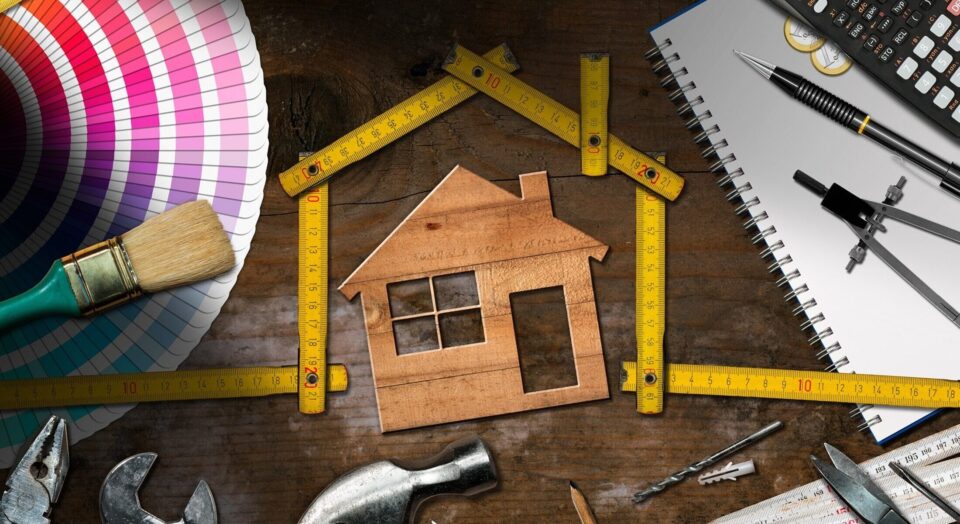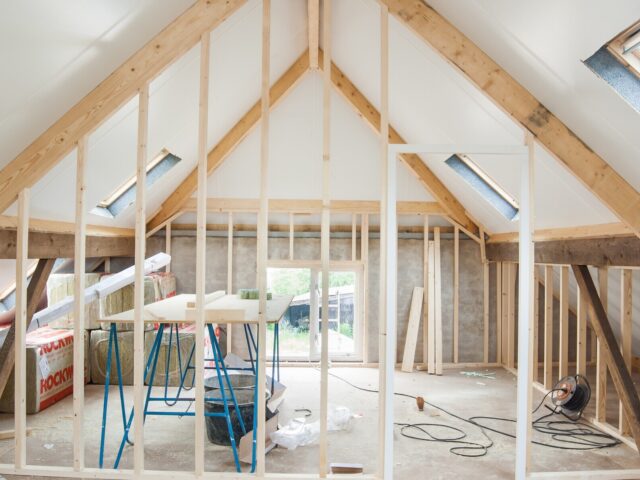Four Funding Tips for Your Next Home Improvement Project
Share
If you own a home, you know there is no shortage of potential weekend projects that can keep you busy throughout the years. As you plan your home improvement to-do list, you’ll no doubt begin to see the updates, renovations, and maintenance project costs add up. But finding the money to cover these costs may not be as difficult as you think. Before you put off the deck repairs or master bathroom upgrade for another year, consider these options for funding your next project.
If you're wondering how the entire process of buying a home works, read our Complete Guide to Homebuying on a Budget. This invaluable resource offers everything you need to know about buying a home, from setting your budget to move-in day.
1. Pay cash.
Saving cash to cover a project outright is the most financially responsible way to pay for home improvements. Gather two to three quotes from various contractors to give yourself a saving’s goal. With a target in mind, you can begin to make small changes in your everyday spending habits. Cut down on eating out and consider carpooling with a coworker. You’ll be surprised at how quickly you’ll see extra cash in your account each month. While you’re saving for the project, create a detailed plan for renovation to ensure the end result will be exactly what you want. Once you have saved enough, using cash to pay for the project will deliver peace of mind. You’ll rest easy knowing there are no payments toward an interest-generating loan in your future. Don’t forget to keep an emergency fund for the recommended three-to-six months of living expenses after paying for the project.
2. Open a home equity loan or line of credit.
Home equity is calculated by taking the value of your home and subtracting the total amount you owe on all mortgages. With a home equity loan, you receive the money you’re borrowing in a lump-sum payment. It usually has a fixed rate and is often best for large, one-time expenses like a new roof. Alternatively, a home equity line of credit operates more like a credit card. You can draw money as needed from an available maximum amount. This is ideal for ongoing expenses that require spending flexibility.

We might be able to help with a home equity loan with special rates.
3. Refinance your mortgage.
This option is a potential avenue for freeing up extra cash each month due to a lower mortgage payment. There is also cash-back refinancing. Using your home as collateral, this option allows you to take out additional money that you’ll receive once you close on the refinance. This may work well if you have equity in your home and can cover the additional payment it will add to your monthly mortgage. Some homeowners prefer this method because they don’t have to worry about making a separate payment elsewhere.
4. Use a credit card.
The benefit of using a credit card is similar to the home equity line of credit option, as it allows you to make purchases as needed while spreading the payment out over time. A card with a low, fixed annual percentage rate (APR) is best. A card with an introductory APR can also be a good idea, as long as you have a plan to pay off the balance before the promotional period ends. Otherwise, you could be stuck with a hefty balance that accrues interest. A credit card that offers cash back or reward points for your purchases can also be beneficial. With any credit card option, be sure you understand all the penalties and fees associated with the card and plan accordingly. Be sure your balance payoff plan is realistic and stick to it!
Planning a home repair or renovation project can be daunting, but figuring out how to fund the project will help ensure that you can enjoy your new bathroom or deck for years to come while still maintaining good financial health.

